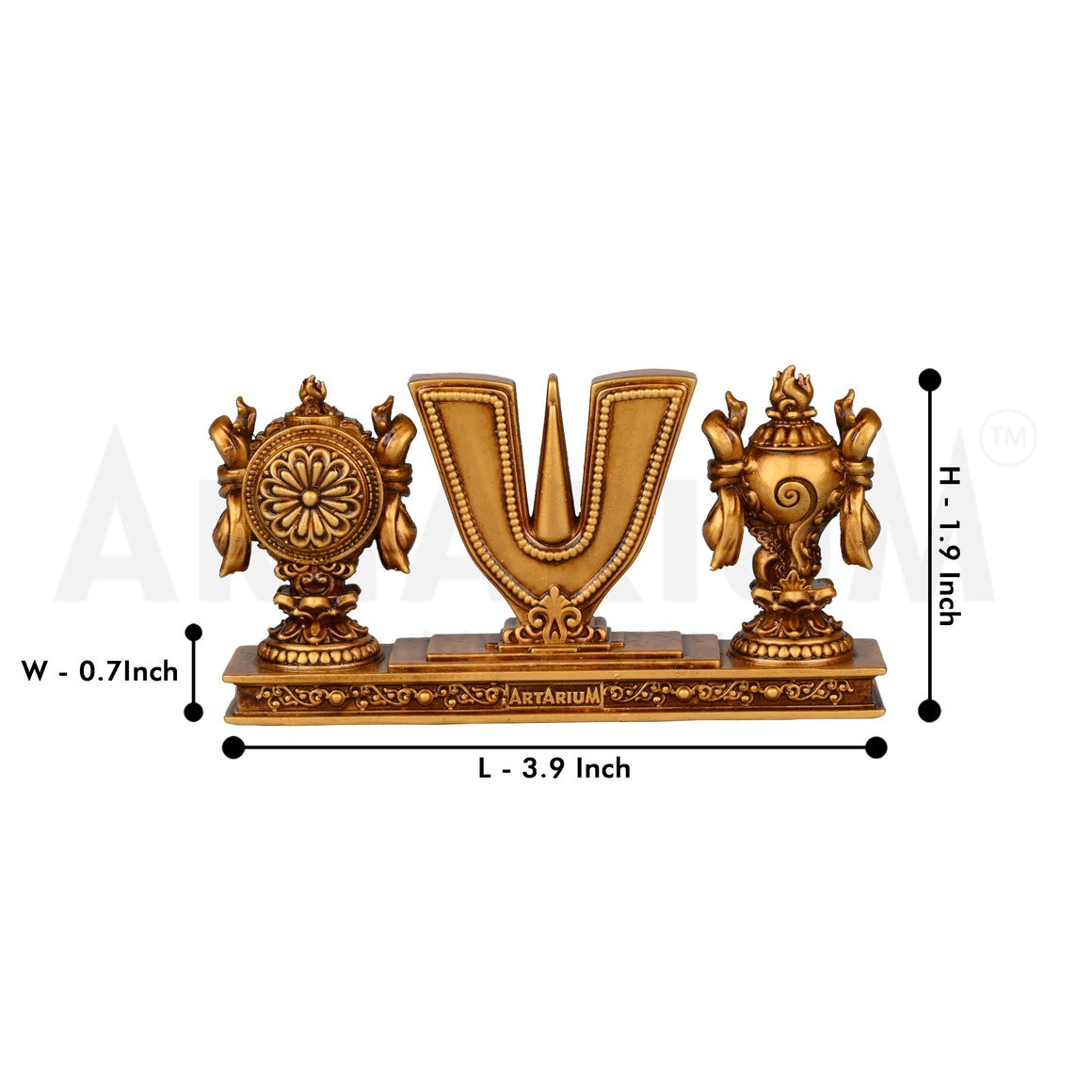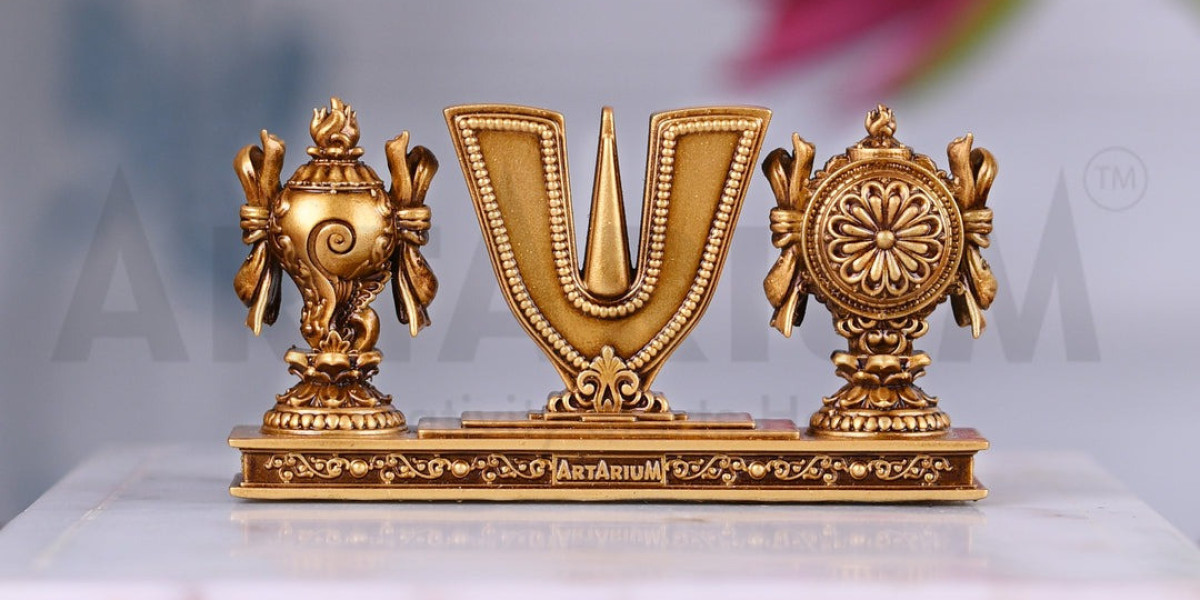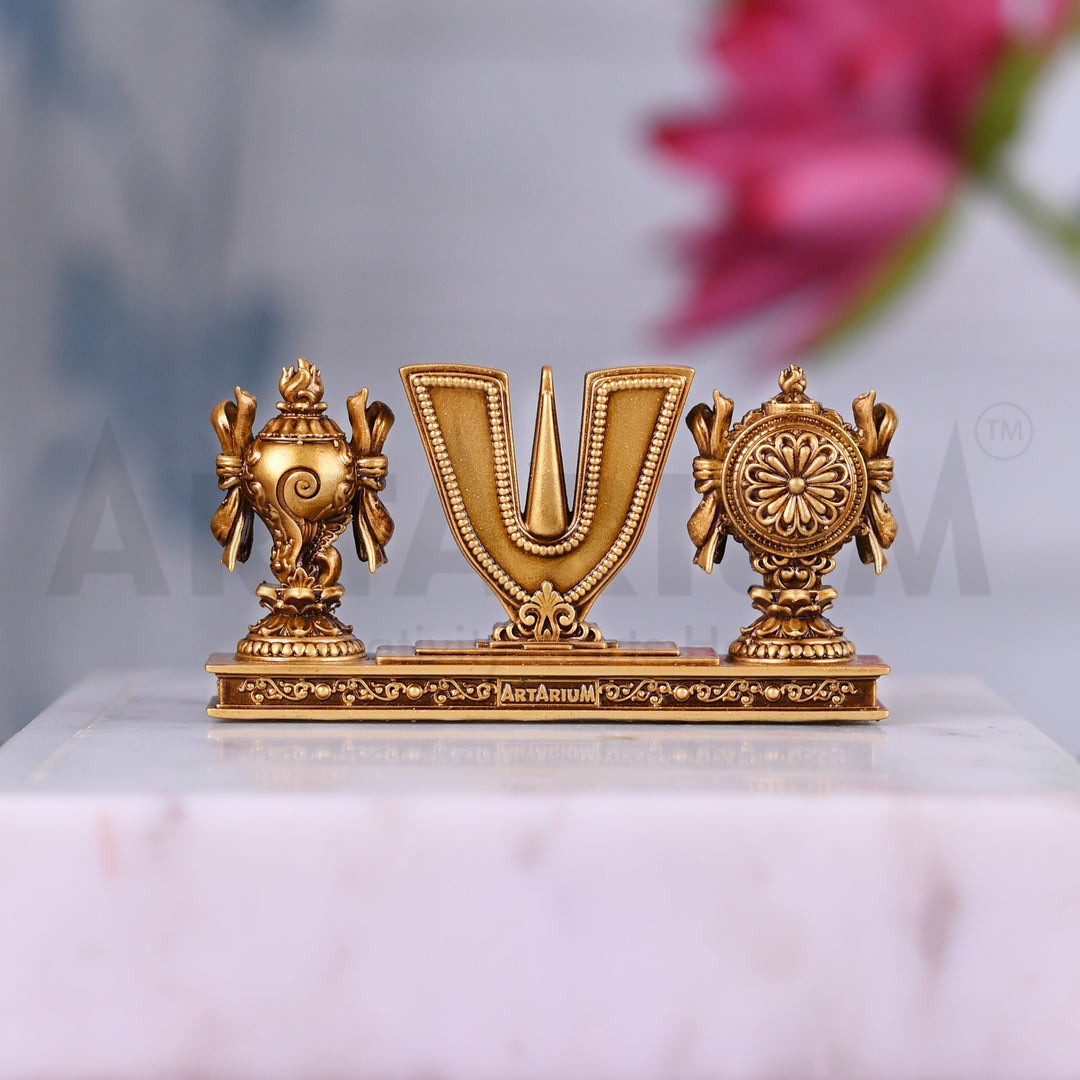Introduction:
Vaishnav Tilak holds a sacred significance in Hindu culture, embodying devotion, tradition, and spiritual identity. This article delves into the rich symbolism and cultural importance of Vaishnav Tilak, shedding light on its origins, application, and spiritual significance.
Origins and Tradition:
Vaishnav Tilak traces its origins to ancient Hindu scriptures and traditions, particularly those associated with Vaishnavism, a prominent sect within Hinduism.
The practice of applying Tilak dates back centuries, with references found in texts such as the Vishnu Purana and Padma Purana.
It is believed that Lord Vishnu and his devotees adorned Tilak as a symbol of devotion and allegiance to the divine.
Symbolism:
Vaishnav Tilak typically consists of a vertical line, representing the presence of the divine within oneself, and a horizontal line, symbolizing the connection between the individual soul (atma) and the Supreme Soul (paramatma).
The red or yellow color of the Tilak is often made from substances like sandalwood paste or turmeric, signifying purity, auspiciousness, and devotion.
Each aspect of the Tilak holds symbolic significance, serving as a reminder of one's spiritual identity and commitment to the path of devotion.
Spiritual Significance:
Vaishnav Tilak serves as a visible expression of one's devotion to Lord Vishnu and the Vaishnavite tradition.
By applying Tilak on the forehead, devotees invoke the blessings of the divine and seek protection from negative influences.
The act of applying Tilak also serves as a ritualistic practice, grounding the individual in their spiritual identity and fostering a sense of connection to the divine presence within.
Application and Rituals:
Vaishnav Tilak is typically applied by devotees before engaging in worship, meditation, or other spiritual practices.
The process of applying Tilak involves consecrating the forehead with water or sacred substances, followed by the application of the Tilak using the ring finger or thumb.
Devotees may recite prayers or mantras while applying Tilak, invoking the blessings of Lord Vishnu and seeking divine grace for spiritual progress.
Cultural and Social Significance:
Beyond its spiritual significance, Vaishnav Tilak also holds cultural and social importance within Hindu communities.
It serves as a visible marker of one's religious affiliation and identity, fostering a sense of unity and belonging among devotees.
Vaishnav Tilak is often worn during religious festivals, ceremonies, and auspicious occasions, symbolizing the celebration of devotion and the presence of the divine in everyday life.

Conclusion:
Vaishnav Tilak stands as a sacred symbol of devotion, tradition, and spiritual identity within Hindu culture. Its rich symbolism, spiritual significance, and cultural importance make it a cherished practice among devotees of Lord Vishnu and the Vaishnavite tradition. As devotees adorn their foreheads with Tilak, they not only invoke the blessings of the divine but also reaffirm their commitment to the path of devotion and spiritual growth.



